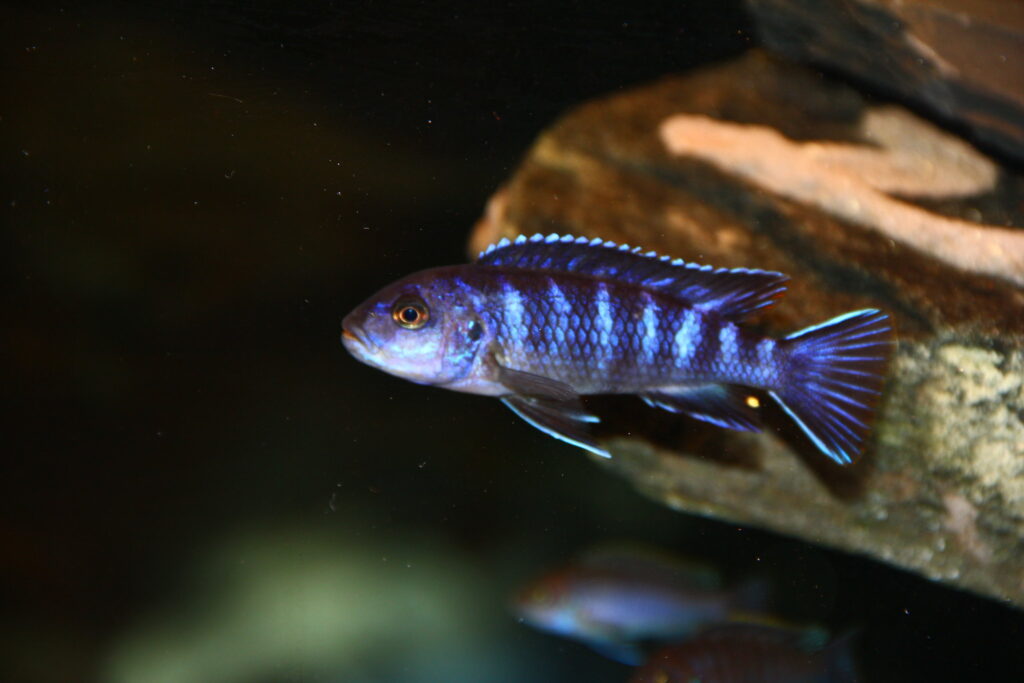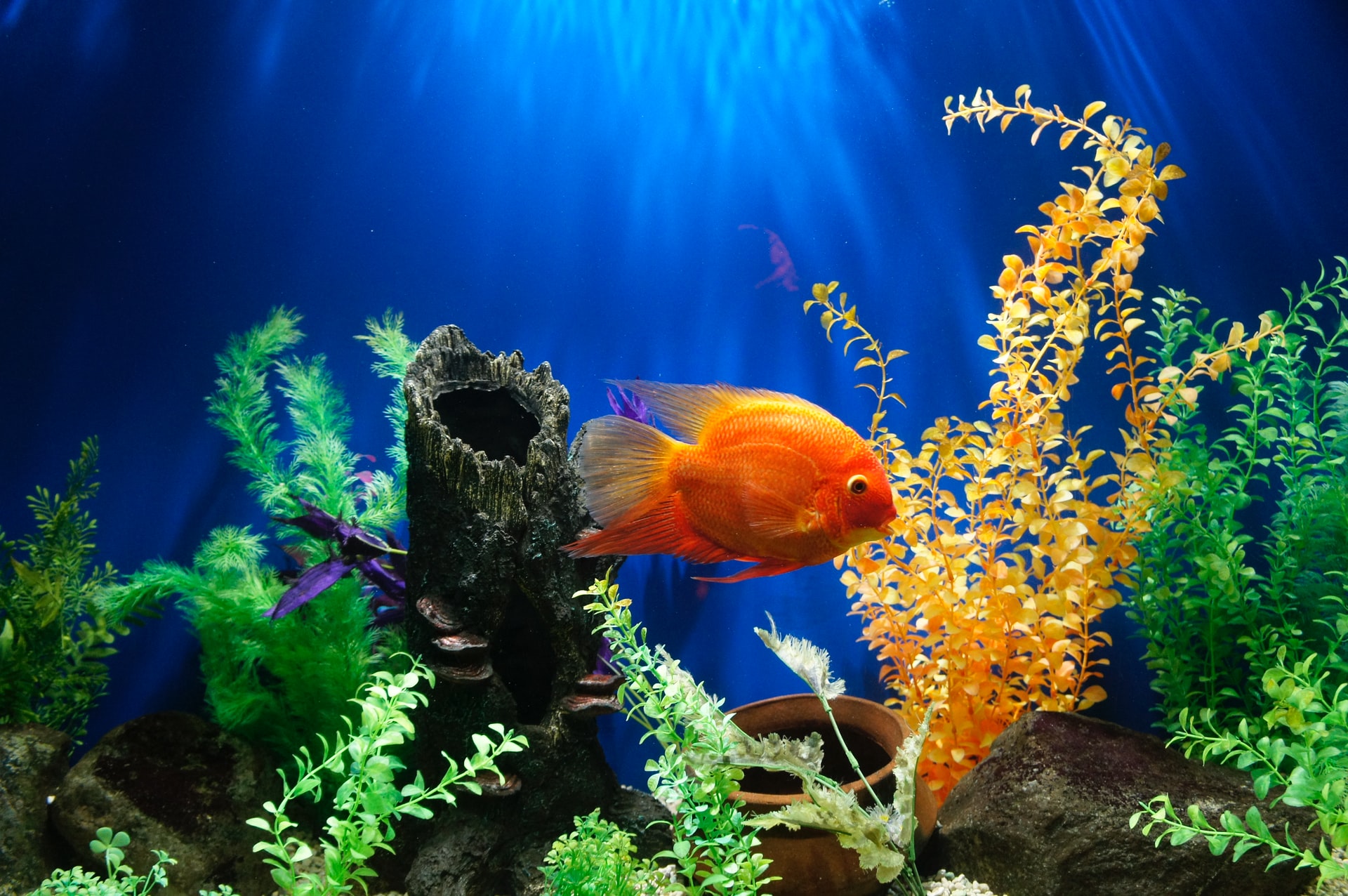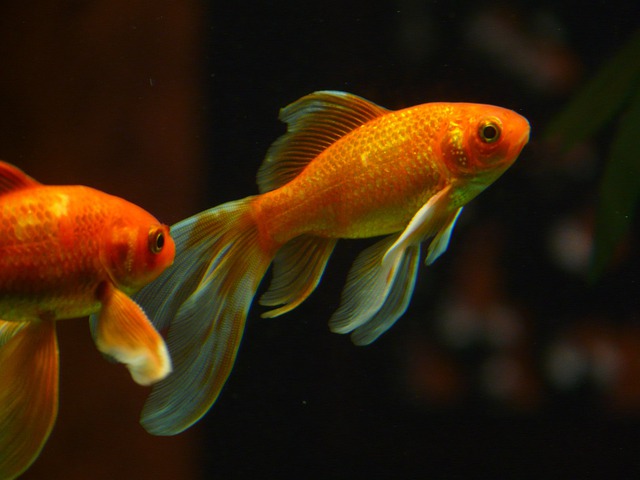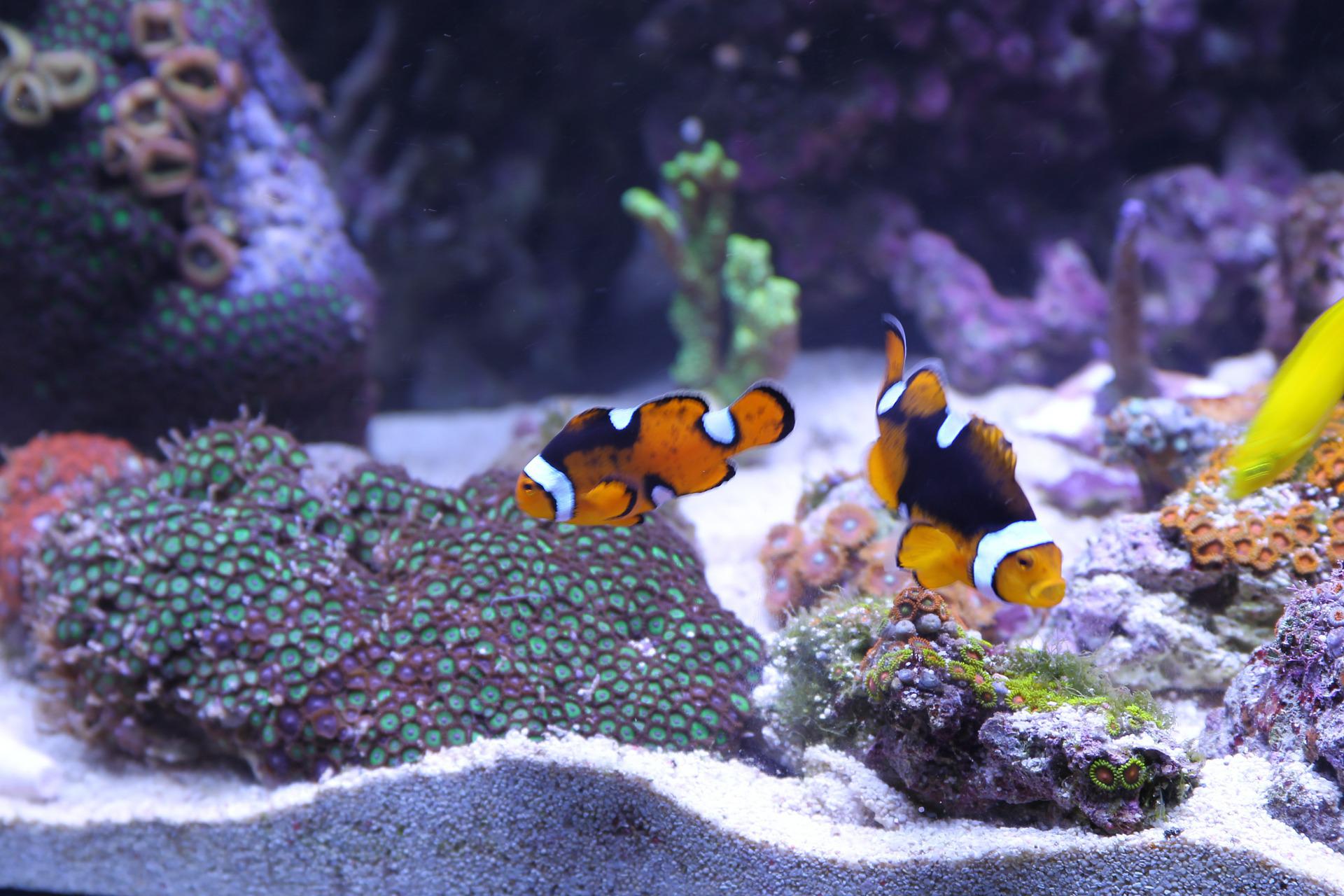
How To Set Up A Freshwater Tank
If you are new to aquaculture, you may be wondering, “How To Set Up A Freshwater Tank?” You are not alone; there are many other people who have the same question. Thankfully, there are some simple steps you can take to get started. Follow these tips for successful aquarium setup. Adding plants is an excellent way to add color to your aquarium. Just remember to leave room for future plants and add fertilizer.
First, you’ll need tools and equipment. It’s best to purchase an aquarium setup kit from Amazon, which will give you everything you need. To install your aquarium, choose a location that gets lots of natural light. Be sure to select a stable stand to support the tank, and get a step stool to reach the bottom. This will prevent you from leaning into the walls or putting extra pressure on the upper lip of the tank.
Next, you’ll need to install a filter system. This filter will work for both freshwater and saltwater aquariums. If you want to use a filter, make sure it is powered by an external power source. You’ll want to make sure you prime the filter with water to prevent any dirt or debris from collecting. Also, make sure to extend the filter tubes or materials to the bottom of the tank. Be sure that they’re not sitting on the gravel. Once you have everything set up, you can begin placing live plants and decorations.
Once the tank is ready for live rock or substrate, you’ll need to start adding water. Make sure to rinse the substrate thoroughly with a bucket of cold water. You can even use a bucket to rinse the gravel. Be careful not to pour too much, as it may scratch the bottom of the tank. Be sure to rinse the substrate with clean water before adding it. The substrate should be well-washed, and you should start adding the gravel in small layers. Make sure to consider the raised areas of the tank when deciding what to add.
The next step is to choose a room with similar temperature and humidity. The tank should not be placed near windows or other strong lighting sources, as this can disrupt the water’s chemistry and cause algae to grow. Excessive lighting can even produce a “mirror effect” inside the tank. You’ll need to keep a constant watch on the temperature inside the tank. This part is relatively easy, and should not take too much time.
When setting up the tank, you’ll need to add substrate. Make sure the substrate is clean and void of any debris, because you do not want to disrupt the ecosystem for your fish. Sand is preferable for bottom-dwelling fish, but it is expensive and more difficult to maintain. A gravel substrate is easier to maintain and more affordable. You can also pour the substrate into the tank using a hose or tap.
If you’re a beginner, consider starting with a larger tank, ideally one that’s at least 20 gallons. Remember to keep the water parameters consistent, and a smaller tank can be difficult to handle if too many fish are introduced. Don’t try to guesstimate the size of the fish, as too many can cause problems. Always check the size of the tank, as a smaller one may be too cramped.
After a few days have passed, it’s time to add your fish. Before adding fish, you should test the water’s pH and nitrite levels. Make sure to do this regularly to avoid any unforeseen problems. A good quality meter will measure the salinity and other elements in the water. If you have a CO2-plant system, you’ll need an oxygen meter, too.
Once the water’s pH levels are stable, you can add fish. Adding fish will create ammonia levels. You can use beneficial bacteria to neutralize the ammonia. Ensure your tank is clean and clear before adding any more fish. You should also monitor your tank’s condition regularly to keep your fish healthy. Then, you can add other creatures. This way, you can keep the tank clean and avoid any nitrite and ammonia build-up problems.
The first step in setting up an aquarium is to choose a suitable location for your tank. The aquarium should be placed on a stable and waterproof surface. It should be placed on a stand. A stand is recommended if you’re building your aquarium on the ground floor. Make sure the stand is stable, as the tank may weigh over a thousand pounds. Moreover, you should check the blueprints of your building to see if there’s an appropriate crossbeam for your aquarium.























